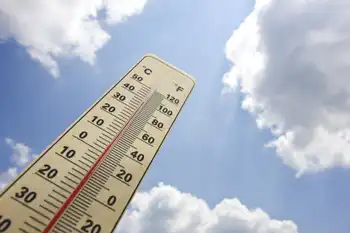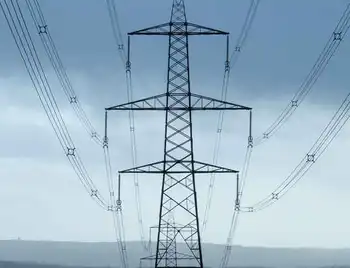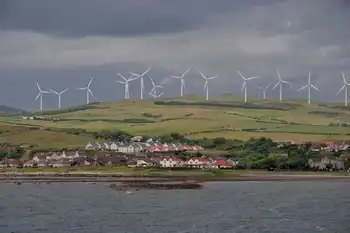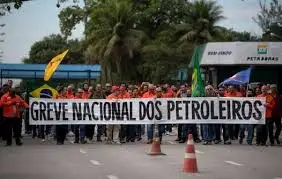B.C. grower is going geothermal
John Sommer runs Fairfield Propagators, a 12-acre flower operation on Fairfield Island with 32 employees and a yearly natural gas bill at around half a million dollars.
Just recently Sommer learned his operation - the largest lily and chrysanthemum grower in the province - would be the recipient of $1.26 million from the B.C. government's Innovative Clean Energy (ICE) fund for a geothermal project to provide winter heating and summer cooling.
Local MLAs Barry Penner and John Les were at Sommer's greenhouse to officially announce what will be a first-of-its kind pilot project; one that could literally change the greenhouse industry.
"The high price of energy is forcing the work out of the country," Sommer said during a tour of his facility, which generates 2,900 tonnes of greenhouse gas emissions a year.
"(Other greenhouse owners) will jump in if its cost effective because we can't afford the fuel costs. I had a couple of greenhouse owners tell me they will shut down this winter. It used to be that three weeks of sales would cover gas costs, now it's a month for the gas bill. A couple guys say they can't make it."
Sommer said he would have likely pursued the geothermal option with or without the government money, which is part of $25 million for 15 clean energy projects. This money means that researchers from the University of British Columbia (UBC) will also be on board to not only drill test holes to help with Sommer's heating, but to see just how deep they have to drill to be able to generate electricity.
"The mining department at UBC say we have a lot of unexplored potential in B.C.," Sommer said. "As a company we are doing this because we are interested in the bottom line. I have no problem doing this but it has to pay for itself."
Sommer's goal is to dig deep enough to provide geothermal heating that would cover 60 per cent of his baseline heating costs. To do that a 500-metre test hole will be drilled, and that may just be enough. But with UBC on board they may drill as deep as 1.5 kilometres into the ground, and that may generate enough hot water to generate three megawatts of electricity.
"There doesn't even have to be steam to make electricity," Sommer explained. "With binary technology you can use 60 to 70 degree water to make electricity."
"We always think of Harrison Hot Springs as the source of geothermal energy," Penner said. But what is known as the "Harrison anomaly" actually extends deep underneath the ground, under the Fraser River all the way to a spot just 800 metres from Sommer's greenhouse.
The ICE Fund received 60 applications and 15 were selected. Applications were received from throughout the province and represent a broad range of technologies and sectors, including bioenergy, geothermal, solar and other alternative energy sources.
The greenhouse industry in the province is excited about Sommer's pilot project. In a letter of support for the application Sommer sent to the government, Robert Pringle, CEO of the United Flower Growers Cooperative Assocation and Mary Margaret Gaye executive director for the B.C. Greenhouse Growers Association (BCGGA) said that if it works "the transfer of such technology across our sector is likely to be swift."
Related News

Sask. sets new record for power demand
REGINA - As the mercury continues to climb in Saskatchewan, SaskPower says the province has set a new summer power demand record.
The Crown says the new record is 3,520 megawatts. It’s an increase of 50 megawatts over the previous record, or enough electricity for 50,000 homes.
“We’ve seen both summer and winter records set every year for a good while now. And if last summer is any indication, we could very well see another record before temperatures cool off heading into the fall,” said SaskPower Vice President of Transmission and Industrial Services Kory Hayko in a written release. “It’s not impossible…





